Technology & Innovation
How digital transformation enables the shift to smart, sustainable manufacturing

The digital era, also referred to as Industry 4.0, has enabled an always-on global marketplace in which consumers wield enormous influence and demand-responsive, personalised attention.
COVID-19 has pushed businesses to prioritise customer-centricity even more, driving interest and investment in digitisation. A growing number of manufacturers are realising the urgent need to digitise to deliver superior customer experiences or risk losing relevance. This is particularly prevalent with regard to the issue of climate change.
Many customers are increasingly concerned about environmental decline. Fuelled by digitally-enabled, easy access to a vast repository of shareable information, consumers choose to support companies that follow sustainable processes and practices – and eschew those that don’t.
However, these days ticking the sustainability box requires more than, say, an in-house waste management programme. Market demand for products designed for low environmental impact, from how they are manufactured, packaged, and used to how their components can be reused, requires an operational shift into the circular economy.
You might already be familiar with the circular economy and its sustainable production and consumption model. Or perhaps it is an entirely new concept for you. Either way, recent studies such as this one highlight its growing importance within the manufacturing industry.
This article is for anyone who wishes to better understand how the circular economy works, how it benefits businesses, and how digital transformation enables the shift to smart, sustainable manufacturing.
What is the circular economy?
The traditional manufacturing and consumption model is linear and follows these steps: take, make, consume, and waste.
Products are manufactured with an over-reliance on primary commodities and finite resources, designed with built-in obsolescence, and have no value once they stop working.
The linear model is solely pro-business; it encourages consumption through regular product replacement, which results in large amounts of profit. By contrast, the circular economy proposes a systemic approach that benefits all involved: businesses, people, and the environment.
The circular economy has two focus areas:
- To eliminate waste by keeping products and/or their components in use for as long as possible and creating new resources from discarded materials.
- To decouple economic growth from the consumption of finite resources.
Its cyclical model flows from make to use, return, recycle, reuse, and back to make.
The circular economy is thus a paradigm shift for manufacturers, challenging them to rethink their product designs for zero waste and infinite usefulness. While change does not come easily to all, companies that remain attached to the linear economic model will soon lose relevance: Gartner predicts that by 2029 the circular model will replace wasteful, linear practices and establish itself as the only economy.
Why is the circular economy good for business?
The circular economy’s most direct business benefit is reputational value. Consumer and shareholder preferences are shifting towards sustainability – and both parties carry enormous influence in determining today’s products and processes. By giving your customers what they want – namely sustainably manufactured products – your business will gain a substantial competitive advantage to ensure its brand relevance and resilience well into the future.
A shift into the circular economy can futureproof your business in more ways than one. Current dependence on natural resources for manufacturing materials is simply unsustainable as these resources are finite. As such, they will become increasingly scarce, regulated, and expensive to procure. Applying the circular model to your manufacturing operations will boost your business’s long-term profit and revenue-making potential by reducing its costly – and harmful – dependence on finite resources.
According to the Ellen MacArthur Foundation, a charity working to accelerate the transition to a circular economy, the manufacturing industry could achieve between 10% and 15% cost savings on direct materials required for production.
Industry 4.0 and the circular economy
The United Nations Industrial Development Organisation is a strong supporter of Industry 4.0 to enable a high-functioning circular economy. These modern technologies have the power to shift the manufacturing industry from centralised, linear, costly, and inefficient processes to decentralised, smart, sustainable, and innovative production.
In other words, the digital transformation of your business goes hand-in-hand with its shift into the circular economy; the two transitions enable and support each other.
The proper digital infrastructure provides the platform for new technologies such as the Internet of Things (IoT), cloud computing, automation, and 3D printing that enable manufacturers to design products with built-in recyclability, reusability, and remanufacturing potential.
Smart and sustainable tech
-
Cloud computing
There is a vast range of cloud solutions on offer to manufacturers. Essentially, moving your IT infrastructure to the cloud – or opting for a hybrid model that includes some on-site storage – provides a crucial foundation for shifting into the circular economy. A cloud-enabled business can harness software designed to manage its IT infrastructure, operating system, database, and applications for greater agility and visibility.
-
Internet of Things (IoT)
The IoT enables you to connect your products to the cloud for real-time analysis at any location along the supply chain. Advanced connectivity enhances how data is gathered, analysed, shared, and used to design, manufacture, and deliver durable and returnable products for reuse or remanufacturing.
-
AI and automation
Artificial intelligence and automation can assist the manufacturing industry’s transition to the circular economy by accelerating the development of sustainable product designs and operational processes. Intelligent software and hardware can speed up data analysis, provide intelligent inventory management, and enhance design processes with built-in remanufacturing and recycling properties.
-
Robotics
With the assistance of intelligent machines, manufacturers can eliminate human errors in their product design and operational processes. The use of robots across various applications can help boost productivity, improve efficiency, reduce waste, and extend products’ lifespans.
-
3D printing
3D printing produces spare parts on-demand with low environmental impact. This ability to extend a product’s usability as and when required reduces manufacturing and operational expenses such as energy and storage costs.
How digital transformation supports sustainable, smart manufacturing
Simply put, outdated legacy IT infrastructure cannot support Industry 4.0 and its advanced technologies. If your business is straddled with old tech, it will not be able to transition to more sustainable manufacturing operations. As a result, savvy manufacturers are embracing digital transformation to shift their operations into the circular economy.
Next-generation software, such as intelligent ERP (iERP) systems, are specifically designed to work with modern tech to empower manufacturing operations with end-to-end visibility, smart data, agility, and speed. The ability of iERP to track and trace products and other materials with real-time precision along your supply chain is crucial to meeting your customers’ demands for personalised attention as well as sustainably sourced and manufactured products.
Consumers, shareholders, and regulators are pushing manufacturers to shift into the circular economy, highlighting the benefits for all involved. The future of manufacturing is inextricably linked with digitisation and Industry 4.0. Now that the technologies exist to enable a new production and consumption model that is smart and sustainable, your business can do better business that is both financially and environmentally rewarding.
Digital transformation in process manufacturing
How Intelligent ERP can help close the information gap and achieve traceability across the supply chain
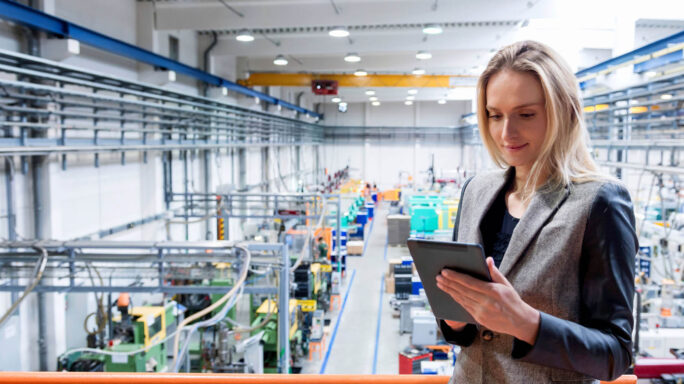




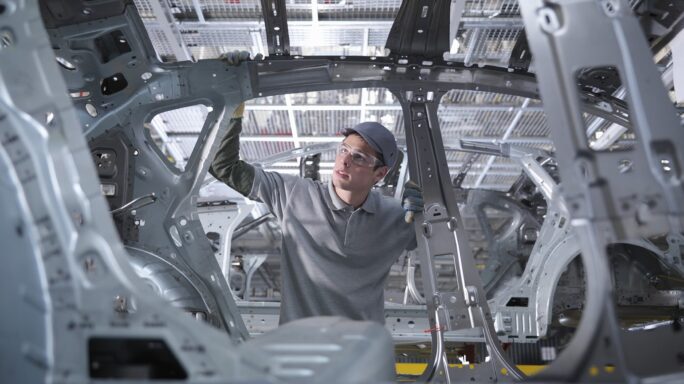
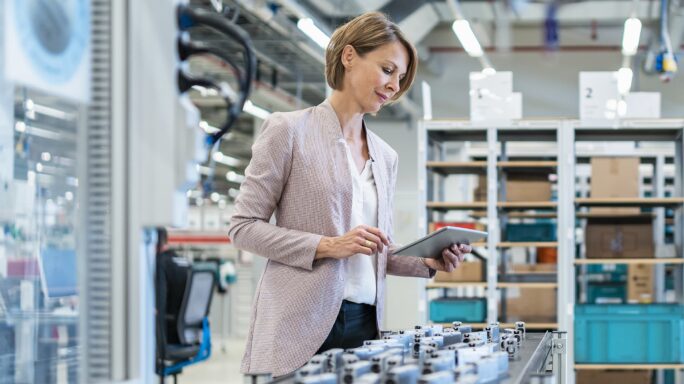
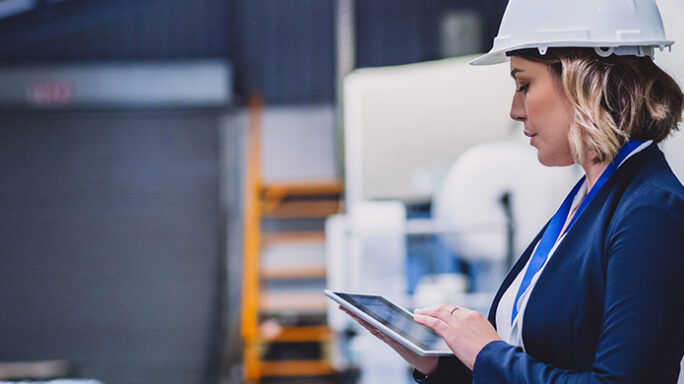
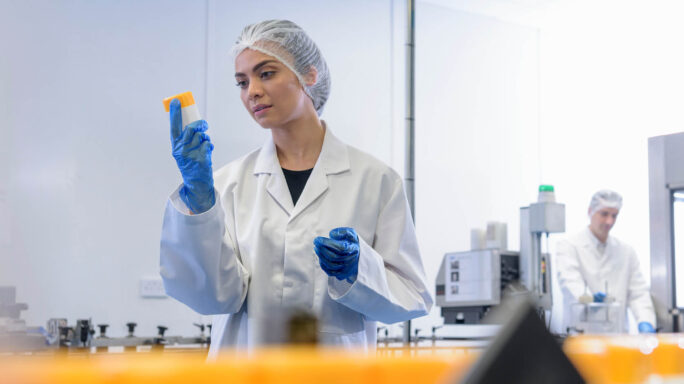
Ask the author a question or share your advice